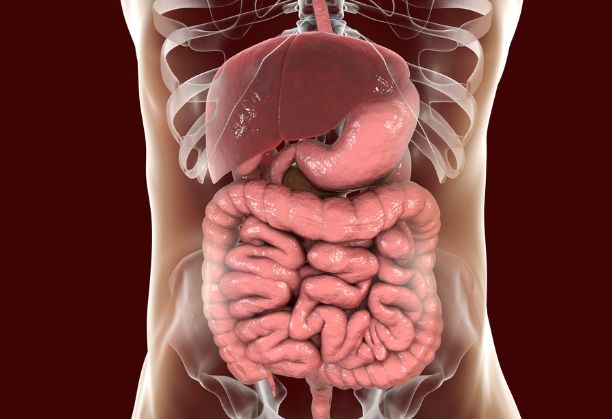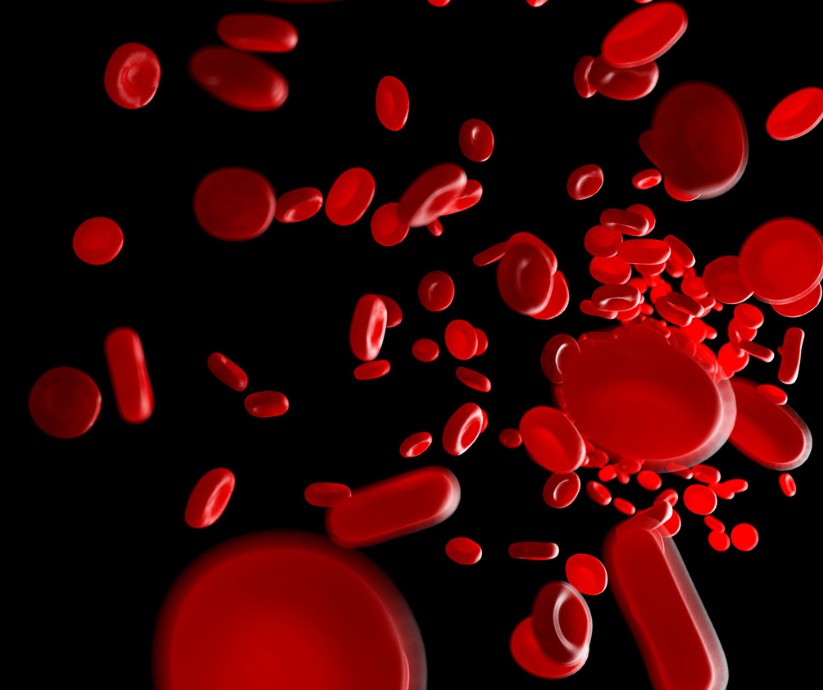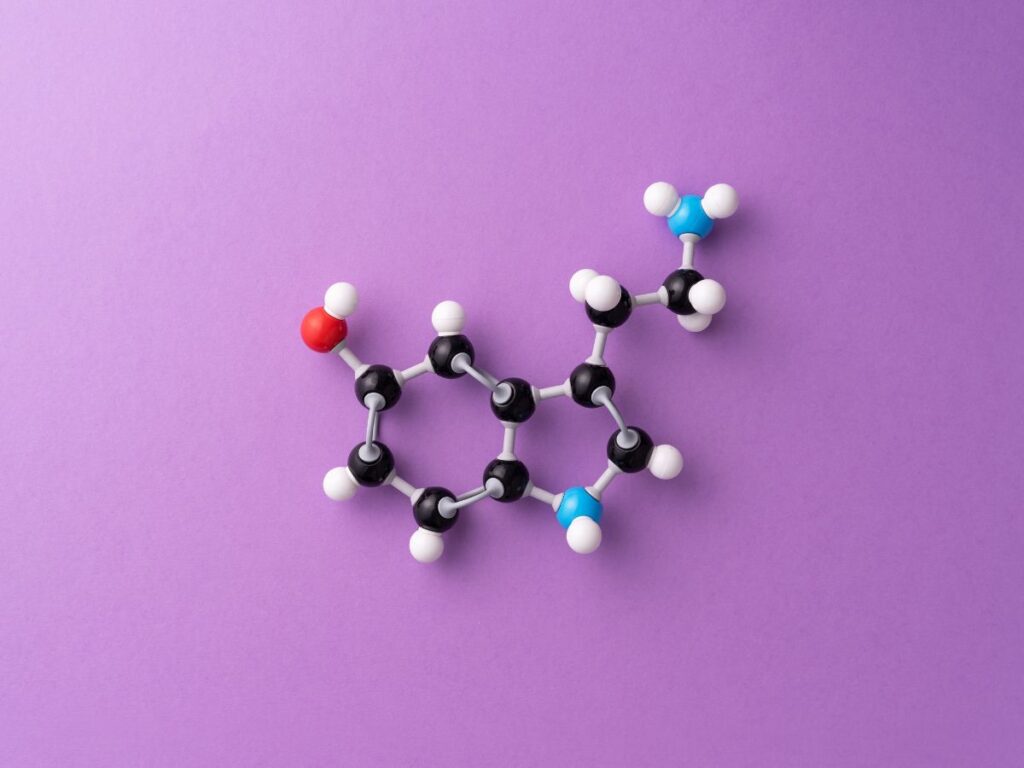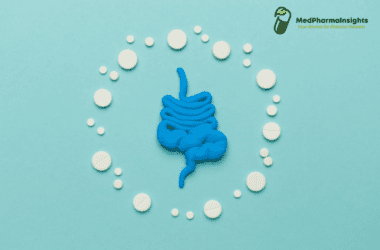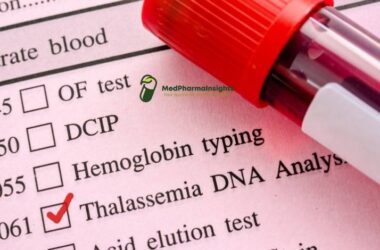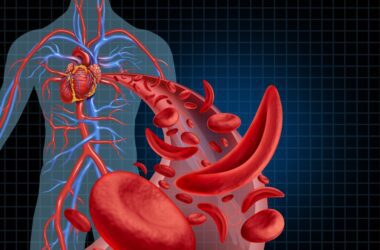Iron deficiency anaemia (IDA) is a widespread health issue affecting millions of people globally. Despite its prevalence, it often goes unnoticed until symptoms become severe. This blog aims to shed light on the epidemiology, symptoms, causes, and pathophysiology of iron deficiency anaemia, providing a comprehensive understanding of this silent but significant health concern.
Epidemiology:
Iron deficiency anaemia is a global public health problem, affecting people of all ages, genders, and socioeconomic backgrounds. According to the World Health Organization (WHO), an estimated 1.62 billion people worldwide suffer from anemia, and iron deficiency is a leading cause. The prevalence is highest in developing countries, affecting about 40% of preschool children and pregnant women.
Certain population groups are more vulnerable, including women of reproductive age, infants, children, and the elderly. In developed countries, inadequate dietary intake, chronic diseases, and gastrointestinal disorders contribute to the prevalence of iron deficiency anaemia.
Iron malabsorption has been documented in 50% of patients after partial gastrectomy and in patients with celiac disease. In the gastrointestinal system, tetracyclines, penicillamines, and fluoroquinolines bind iron, which decreases the absorption of iron from supplements. They most likely have no effect on how well dietary iron is absorbed.
Symptoms
The symptoms of iron deficiency anaemia can vary in severity, and some individuals may not experience noticeable signs until the condition worsens. Common symptoms include:
-
- Fatigue: A pervasive feeling of tiredness and weakness.
-
- Pale skin: Anemia can cause a pale or sallow complexion.
-
- Shortness of breath: Insufficient iron impairs oxygen transport to tissues.
-
- Headaches and dizziness: Inadequate oxygen supply to the brain can result in these symptoms.
-
- Cold hands and feet: Poor circulation due to reduced red blood cell production.
-
- Brittle nails and hair loss: A consequence of inadequate iron for healthy growth.


What causes iron deficiency anemia?
Iron deficiency anemia can arise from various factors, often related to an imbalance between iron intake and its utilization or absorption. Common causes include:
-
- Inadequate dietary intake: A diet lacking in iron-rich foods such as red meat, poultry, fish, and leafy green vegetables.
-
- Blood loss: Chronic or acute bleeding from conditions like gastrointestinal ulcers, heavy menstrual periods, or certain medical procedures.
-
- Increased iron requirements: Pregnancy, lactation, and rapid growth during infancy and adolescence.
-
- Malabsorption: Conditions such as celiac disease or inflammatory bowel disease can impair iron absorption.
-
- Poor iron utilization: Certain chronic diseases, like chronic kidney disease, can affect the body’s ability to use iron effectively.
Pathophysiology
An imbalance between the body’s iron needs and iron absorption can lead to anaemia. Controlling iron absorption is necessary to maintain homeostasis since the body cannot regulate the excretion of iron.Iron is primarily taken up by the jejunum and duodenum.Iron that is attached to hemoglobin, which is present in red meat, is more efficiently absorbed than iron that is present in green vegetables. Certain vegetables that include phosphates and phytates cause iron to build into complexes that are insoluble, whereas ascorbic acid helps the body absorb iron. About 10% of the dietary iron intake will be absorbed by a healthy adult. Iron is carried throughout the body attached to the transferrin serum protein. This protein typically has only one-third of its iron atoms saturated.
As people age, their need for iron changes. It’s possible that diets lacking in ascorbic acid or animal protein won’t deliver enough accessible iron to meet demand.


Iron deficiency anemia diagnosis
A-Clinical Assessment
Medical History
A detailed medical history is the cornerstone of iron deficiency anemia diagnosis. Inquiring about dietary habits, menstruation patterns, past medical conditions, and family history helps establish a comprehensive understanding of the patient’s health.
Physical Examination:
Physical signs such as pale skin, brittle nails, and fatigue are crucial indicators. Healthcare professionals may also look for signs of chronic blood loss, such as abdominal tenderness or blood in the stool.
B-Laboratory Tests:
Complete Blood Count (CBC):
The CBC is a fundamental blood test that provides valuable information about the number and characteristics of blood cells. In iron deficiency anemia, the red blood cells are often smaller (microcytic) and paler (hypochromic) than normal.
Serum Ferritin Levels:
Ferritin is a protein that stores iron. Low levels of serum ferritin are indicative of depleted iron stores in the body and are a reliable marker for iron deficiency.
Iron Studies:
These tests include serum iron, total iron-binding capacity (TIBC), and transferrin saturation. Abnormal results can suggest an imbalance in iron levels and utilization.
Peripheral Blood Smear:
Microscopic examination of a blood smear can reveal the characteristic changes in red blood cell size and color associated with iron deficiency anemia.
Additional Tests:
Gastrointestinal Evaluation:
Since chronic blood loss from the gastrointestinal tract is a common cause of iron deficiency anemia, diagnostic procedures such as endoscopy or colonoscopy may be recommended to identify and address underlying issues.
Genetic Testing:
In some cases, genetic factors can contribute to iron deficiency. Genetic testing may be considered, especially if there is a family history of hereditary conditions affecting iron metabolism.
Bone Marrow Examination:
In certain situations where the diagnosis is unclear or if additional information is needed, a bone marrow examination may be performed to assess iron stores directly.
Conclusion
In conclusion, Iron Deficiency Anemia is a widespread health concern that demands attention and understanding. By delving into its causes, symptoms, and treatments, we’ve unraveled the complexity surrounding this condition. It’s imperative to recognize the profound impact that Iron Deficiency Anemia can have on one’s well-being and quality of life. Through awareness, education, and proactive healthcare measures, we can effectively address and mitigate the challenges posed by Iron Deficiency Anemia. Let’s continue to prioritize our health and advocate for accessible resources and support systems to combat Iron Deficiency Anemia effectively. Remember, knowledge is key in managing Iron Deficiency Anemia, so stay informed, stay proactive, and prioritize your health. Together, we can strive towards a healthier future, free from the burdens of Iron Deficiency Anemia.


